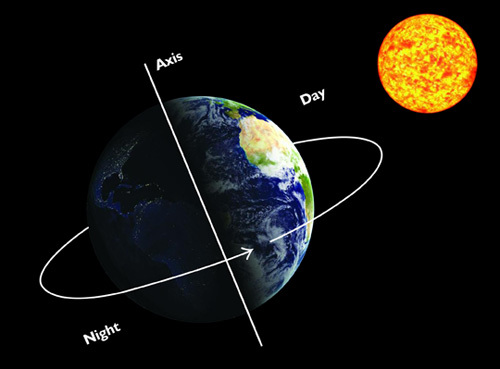The side that we can see from earth is called the near side while the other side is called the far side some people call it the dark side but that s actually not correct as the sun is shining on it brightly on the other side

:earth_americas: The Near Side and Far Side of the Moon: Shedding Light on a Common Misconception

Have you ever marveled at the beauty of the Moon and wondered why we always see the same side? It’s a fascinating phenomenon, but there seems to be some confusion surrounding one particular aspect. Many refer to the unseen side of the Moon as the “dark side.” However, this common terminology is actually misleading. In reality, the side we see from Earth is known as the near side, while the other side is appropriately termed the far side.
The far side of the Moon has often been shrouded in mystery and misconception. This misunderstanding arises from the fact that the far side is not directly visible from our planet. Although it may appear dark to us, it is not perpetually cloaked in darkness. In truth, the sun’s radiant light shines just as brightly on the far side as it does on the near side, but we are simply unable to witness it firsthand.

To fully comprehend why the far side of the Moon remains hidden from our view, we need to grasp the concept of synchronous rotation. Synchronous rotation refers to the moon’s rotation period matching its orbital period around the Earth. This synchronization occurred over long stretches of time, with Earth’s gravity exerting a tidal force on the Moon. As a result, the Moon’s rotation gradually slowed down until it reached a point where one side permanently faces Earth.
Due to this synchronous rotation, the near side of the Moon always faces us, while the far side remains hidden. It’s not that the far side is obscured in darkness, but rather that it continually eludes our sight. The Sun shines brilliantly on both sides of the Moon, allowing the far side to experience daylight just like the near side. This crucial distinction debunks the misconception that the far side is permanently shrouded in darkness.
While the term “the dark side of the Moon” might conjure images of mystery and intrigue, its usage in this context is scientifically inaccurate. Nevertheless, the phrase has certainly captured the imagination of the public and has been popularized through various art forms. For instance, Pink Floyd’s iconic album, “The Dark Side of the Moon,” evokes a sense of the unknown and unexplored.
In conclusion, it is important to differentiate between the near side and the far side of the Moon. The near side, which we commonly refer to as the visible side, is illuminated by the Sun while facing Earth. On the other hand, the far side remains hidden from our sight due to synchronous rotation, but it too receives its fair share of sunlight. Let us not perpetuate the misconception that the far side is perpetually in darkness, but instead marvel at the wonders that this unexplored region of the Moon holds.
References:
Tags
Share
Related Posts
Quick Links
Legal Stuff

